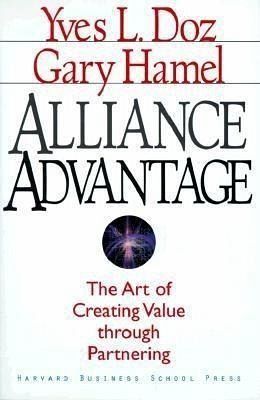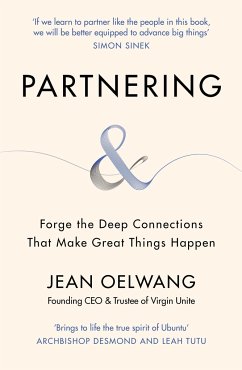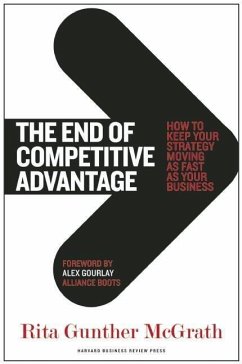
Alliance Advantage
The Art of Creating Value Through Partnering
Versandkostenfrei!
Versandfertig in über 4 Wochen
30,99 €
inkl. MwSt.

PAYBACK Punkte
15 °P sammeln!
Companies such as Xerox, Boeing, Honda, and Corning, among others, provide examples of successful and unsuccessful partnerships, painting a vivid picture of the conditions that can make or break an alliance. Successful alliances, say Doz and Hamel, require constant attention. With "Alliance Advantage", they offer today's best opportunity to study, understand, and increase the effectiveness of strategic alliances.
Partnerships between companies receive a great deal of attention from top managers and researchers at the time of their formation. This attention results largely from the common perception that the initial structuring of partnerships and establishment of common goals determines partnership outcomes and success. In Alliance Advantage , Doz and Hamel shift the focus away from deal making to the internal processes within the partnership and the unfolding interactions among partners that play an important and relatively unexplored role in shaping outcomes. Focusing on the underlying reasons why companies enter alliances and the processes by which they continually learn from their interactions and re-evaluate commonand individualgoals, the authors paint a sophisticated picture of alliance dynamics over time. The authors challenge organizations to define their objectives for alliance formulation and consider whether their own corporate culture provides an "alliance ready" atmosphere.












